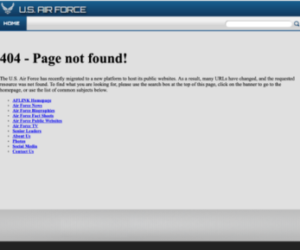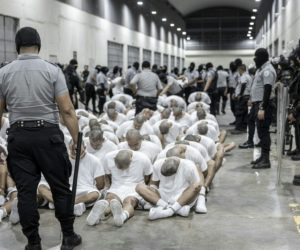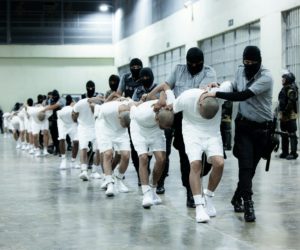
[icopyright one button toolbar]
After more than 13 years of bloody fighting that has cost the lives of more than 2,200 U.S. troops and over $1 trillion, the longest war in America’s history has finally come to an end — or has it?
In a low-key flag lowering ceremony today at the International Security and Assistance Force (ISAF) headquarters in Kabul, Afghanistan — an event that had to be arranged in secret due to the continuing threat of Taliban attacks — the international NATO coalition formally ended its war in Afghanistan.
The lowering of the green-and-white ISAF flag is supposed to mark the end of “Operation Enduring Freedom” and the beginning of a new international mission called “Resolute Support.”
It is also supposed to mark the end of the ISAF combat mission and the beginning of a new training, assist and advise mission. For the remaining 11,000 U.S. troops, the name of their new mission is “Operation Freedom’s Sentinel.”
In other words, it is supposed to mark the transfer of the fighting — and the dying — from U.S.-led combat troops to 350,000 Afghan security forces.
But will it?
But recent bloodshed has undermined claims that the insurgency is weakening and has highlighted fears that the international intervention has failed as Afghanistan faces spiraling violence.
.
The United Nations says that civilian casualties hit a record high in 2014, jumping by 19 percent with 3,188 civilians killed by the end of November.
.
Afghan’s police and army have also suffered a grim death toll, with fatalities soaring to more than 4,600 in the first 10 months of 2014 — far higher than all ISAF deaths since 2001.
Perhaps concerned about the continuing threat posed by the insurgents and about the ability of the Afghan government to fight such a threat, President Obama decided to give American troops a continued, longer-term but equally dangerous role after “the end” of the Afghanistan War. He is doing so by expanding the role of the remaining U.S. forces, “allowing [our troops] to extend their counter-terrorism operations to the Taliban, as well as al-Qaida, and to provide ground and air support for Afghan forces when necessary for at least the next two years.”
The accolades for our troops are everywhere — as they should. But so are “the long war is over” claims.
President Obama: “Thanks to the extraordinary sacrifices of our men and women in uniform, our combat mission in Afghanistan is ending, and the longest war in American history is coming to a responsible conclusion.”
Secretary of Defense Chuck Hagel:
At the end of this year, as our Afghan partners assume responsibility for the security of their country, the United States officially concludes Operation Enduring Freedom. … In 2015, we begin our follow-on mission — Operation Freedom’s Sentinel — to help secure and build upon the hard-fought gains of the last 13 years.
If it is any consolation, the President and others appear to recognize the risks of our continued involvement in Afghanistan: “Afghanistan remains a dangerous place, and the Afghan people and their security forces continue to make tremendous sacrifices in defense of their country…Our personnel will continue to face risks, but this reflects the enduring commitment of the United States to the Afghan people and to a united, secure and sovereign Afghanistan that is never again used as a source of attacks against our nation,” Obama said.
But then, we should not call the beginning of an “operation” that leaves 11,000 U.S. troops in harm’s way “the end of the war.”
It is almost as fallacious and cruel as the infamous “mission accomplished” was.
Lead photo: Marines and sailors with Marine Expeditionary Brigade – Afghanistan load onto a KC-130 aircraft on the Camp Bastion flightline, Oct. 27, 2014. The Marine Corps ended its mission in Helmand province, Afghanistan, the day prior and all Marines, sailors and service members from the United Kingdom withdrew from southwestern Afghanistan. Photo DOD.
















